Poverty falls in Uganda as inequality in spending power rises
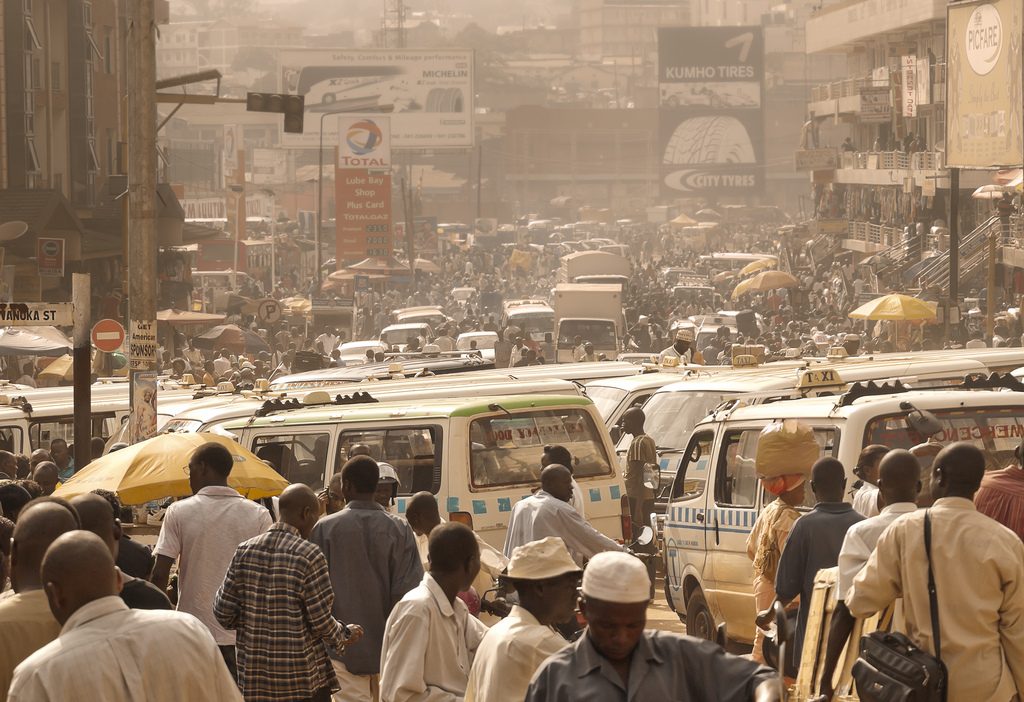 Uganda’s direct transfers, though pro-poor in distribution, are not currently large enough in terms of coverage or amounts to counteract the purchasing power reductions stemming from indirect taxes, mainly VAT and excise taxes.
Uganda’s direct transfers, though pro-poor in distribution, are not currently large enough in terms of coverage or amounts to counteract the purchasing power reductions stemming from indirect taxes, mainly VAT and excise taxes.
More Ugandans have a better standard of living compared to two decades ago, but real spending power is being increasingly confined to a fewer number of people.
Poverty in Uganda has fallen substantially over the past 20 years with the proportion of the population living in poverty declining from 56.4 pc to 31.1 pc according to a new World Bank report, Impact of Fiscal Policy on Poverty and Inequality in Uganda.
However, sluggish growth and the drought of 2016-17 have reversed some of the gains. Inequality too increased with the GINI index, a measure used to monitor inequality, increasing from 0.40 in 2012 to 0.43 in 2016. Using data from the Uganda National Household Survey of 2016-17, a new report analyzed how the country’s fiscal system affected poverty and inequality.
Carolina Mejia-Mantilla, one of the authors said on Tuesday, “With poverty and inequality forming the two foundational pillars of Uganda’s Second National Development Plan, the report aims to provide an understanding of the impact of fiscal policy that is critical for budget deliberations.”
The report takes into account the combination of both revenues and expenditures in conjunction and looks at the net fiscal incidence and shows that while fiscal policy as a whole is moderately equalizing, it is poverty inducing.
According to the report, Uganda’s fiscal policy is moderately equalizing and lowers the Gini coefficient by 3.2 points. The Gini coefficient for 2016/17 goes down from 0.434, before any fiscal intervention, to 0.402 after the combined effect of all taxes and transfers (including in-kind transfers such as education and health) is considered. While this is good news, the magnitude of the reduction in inequality is moderate relative to that observed recently in other African countries such as Ghana, Tanzania, and Kenya, and particularly South Africa as well as in other countries around the world.
In 2013, findings showed that the increase in income inequality stood in total contrast to the high rates of GDP growth, which averaged about 7.5 percent per annum over the past two decades.
In March this year, Twaweza, a research NGO published its own social-economic findings albeit based on a small sample group, highlighting half of Ugandans are concerned about the growing gap between the rich and poor.
Authors of the World Bank report say Uganda’s direct transfers, though pro-poor in distribution, are not currently large enough in terms of coverage or amounts to counteract the purchasing power reductions stemming from indirect taxes, mainly VAT and excise taxes. As a result, the poverty rate increases by 2.3 percentage points as a result of fiscal policy, that is when all taxes, indirect subsidies and direct transfers are accounted for.

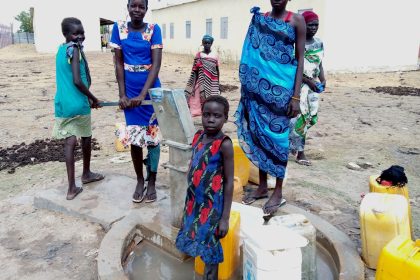 Unpacking results-based financing: balancing strengths with weaknesses
Unpacking results-based financing: balancing strengths with weaknesses
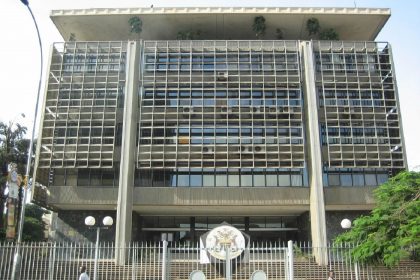 Mergers and degradations predicted as Uganda lenders move to comply with higher capital thresholds
Mergers and degradations predicted as Uganda lenders move to comply with higher capital thresholds
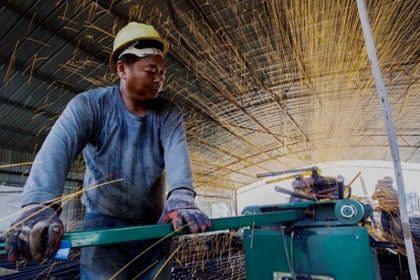 Regional tentative policy to govern cross-border labour gets approval
Regional tentative policy to govern cross-border labour gets approval
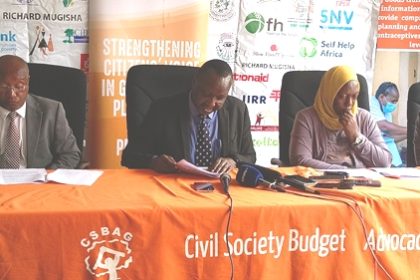 Uganda on edge of debt distress, needs 35 years to settle domestic arrears
Uganda on edge of debt distress, needs 35 years to settle domestic arrears
 Uganda raises purity standards for tin exports
Uganda raises purity standards for tin exports
 CSBAG warns fiscal indiscipline and runaway graft a threat to Uganda’s economic recovery
CSBAG warns fiscal indiscipline and runaway graft a threat to Uganda’s economic recovery
